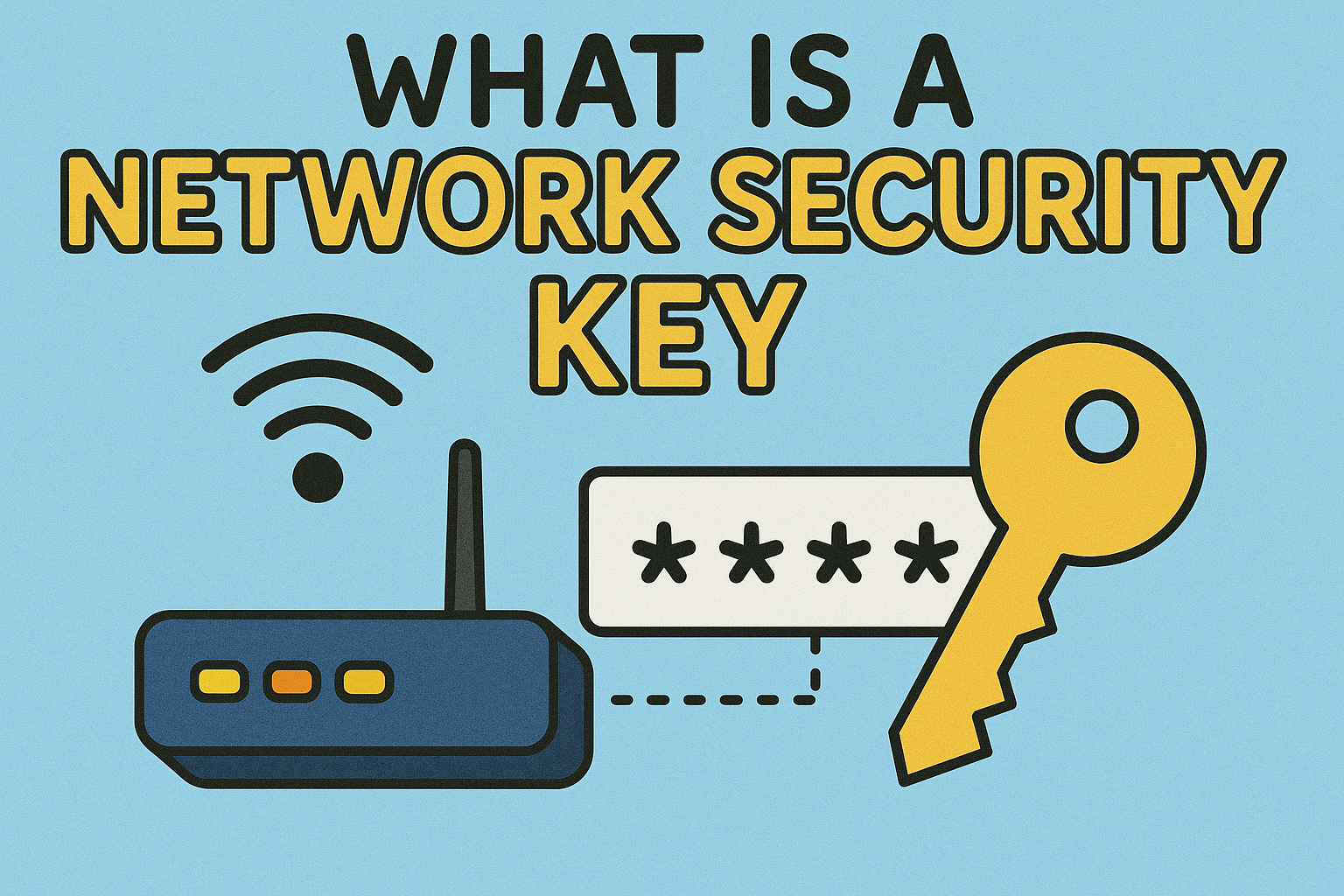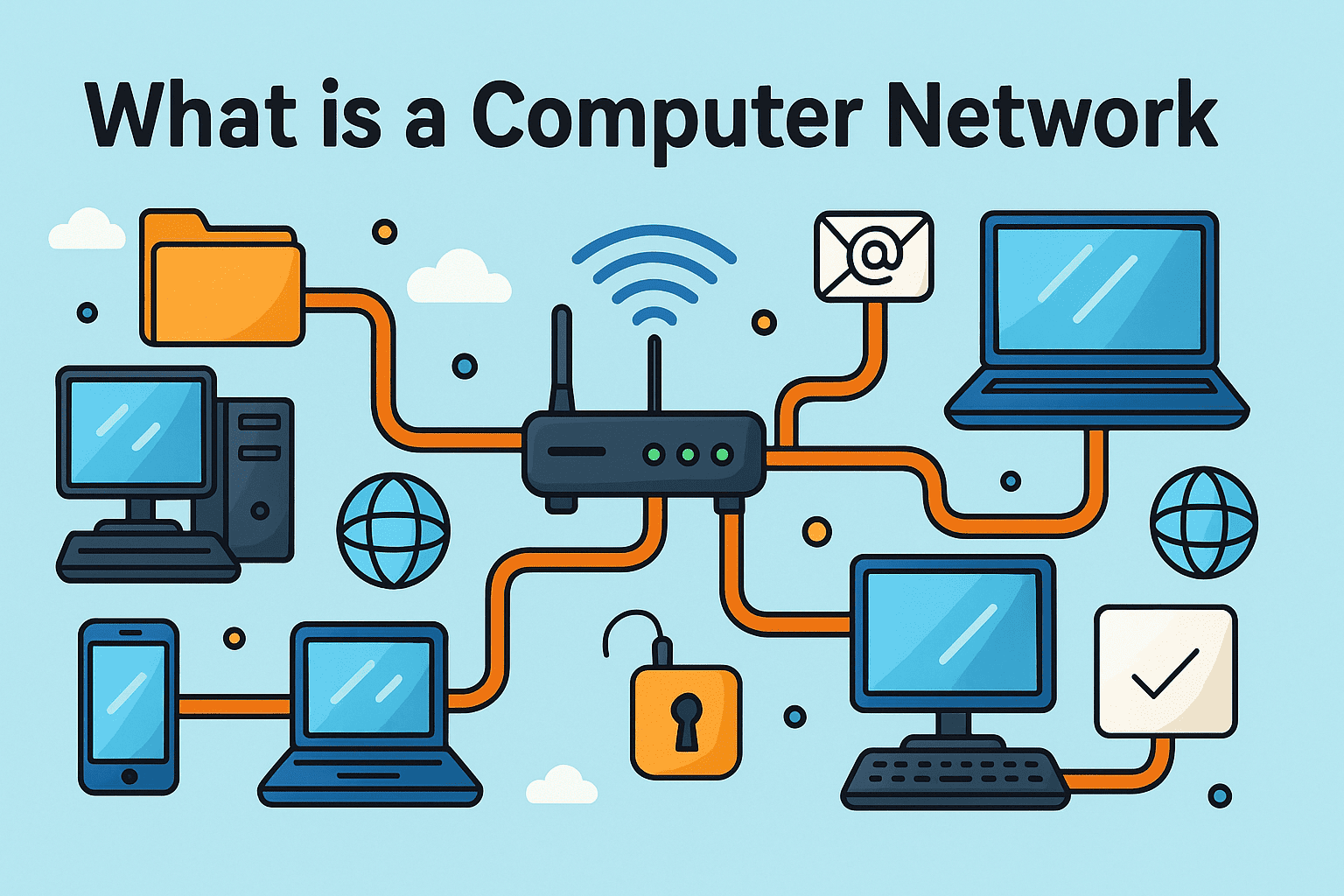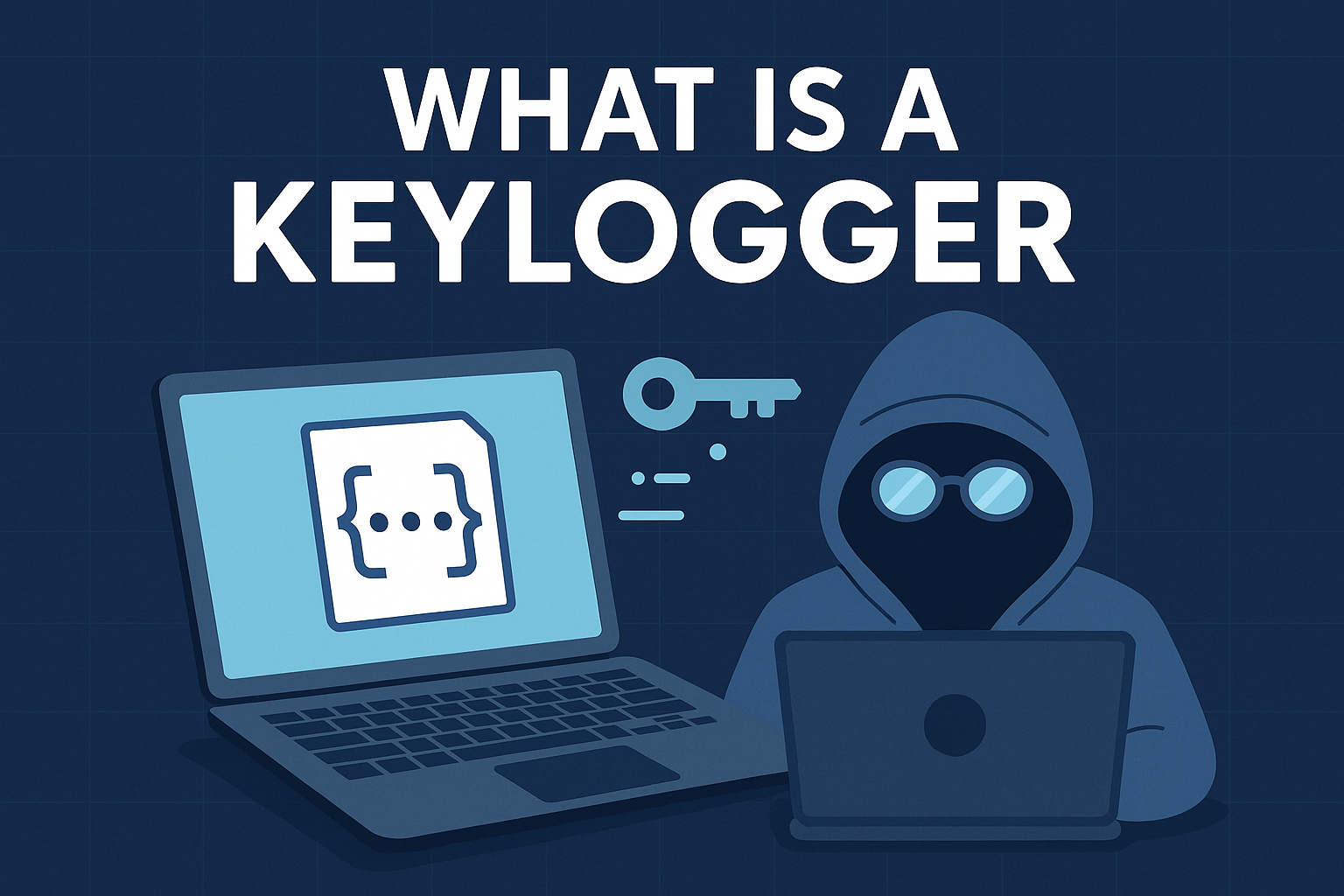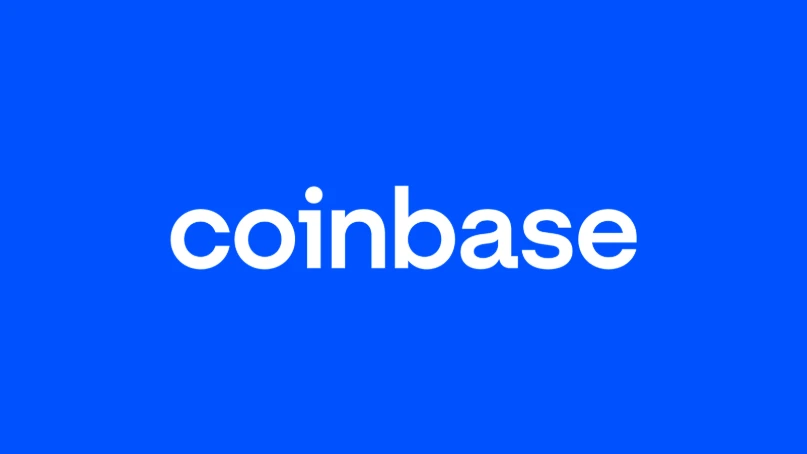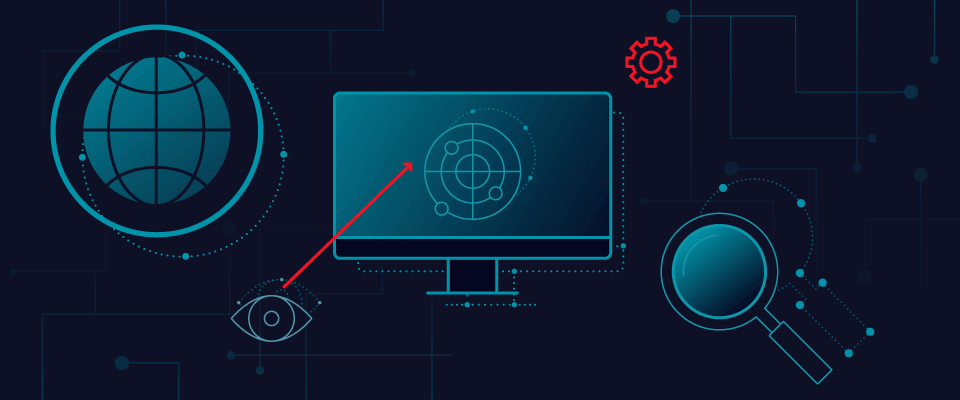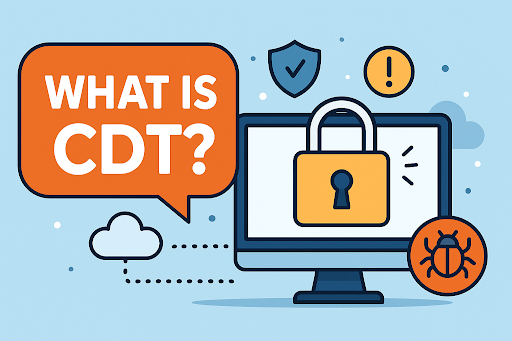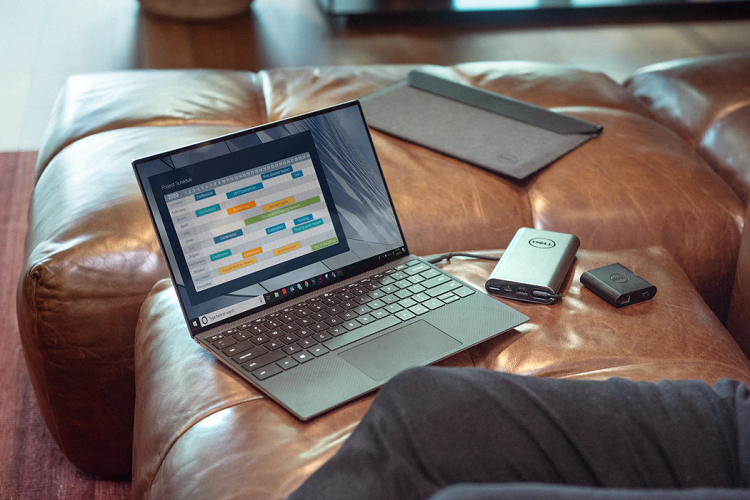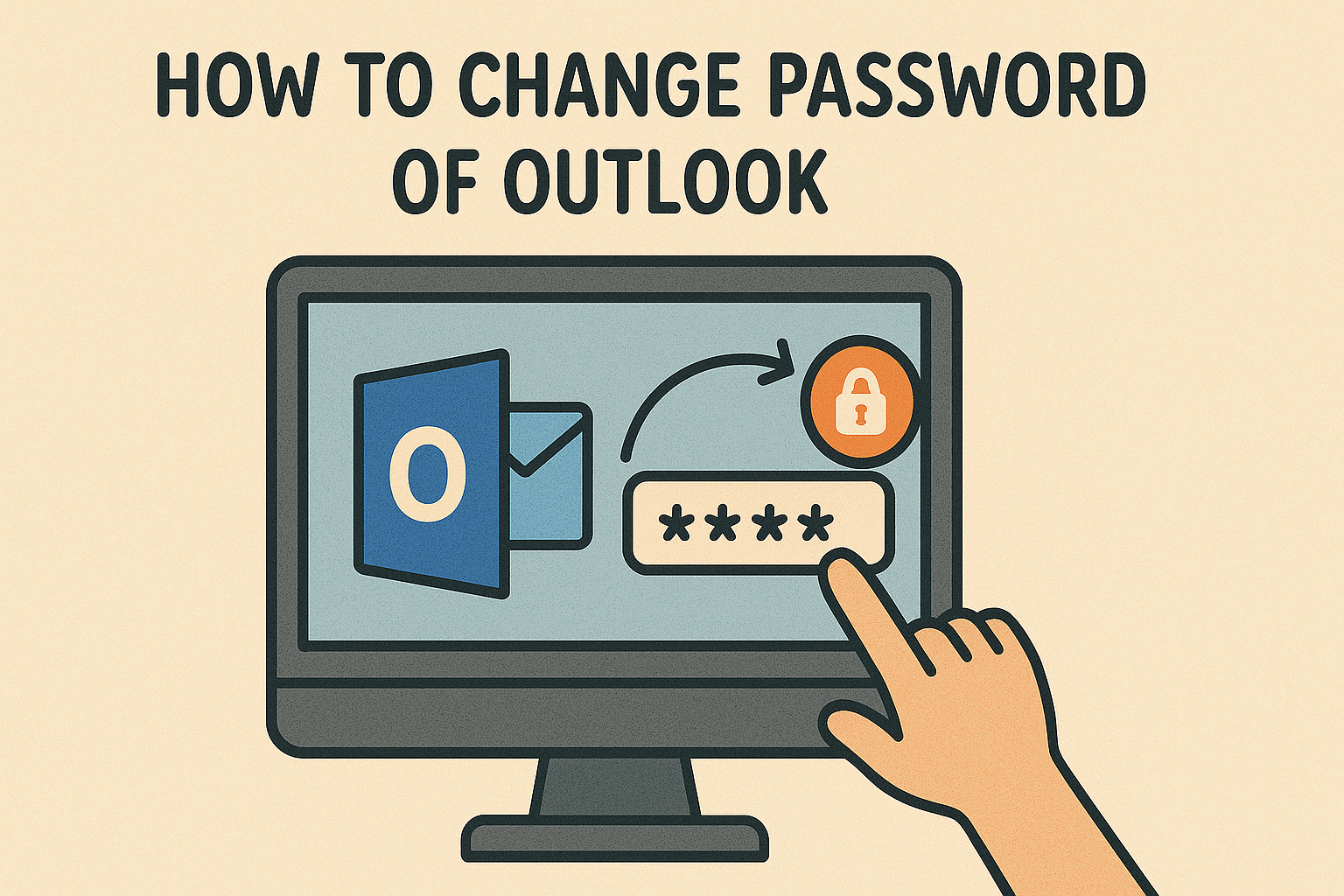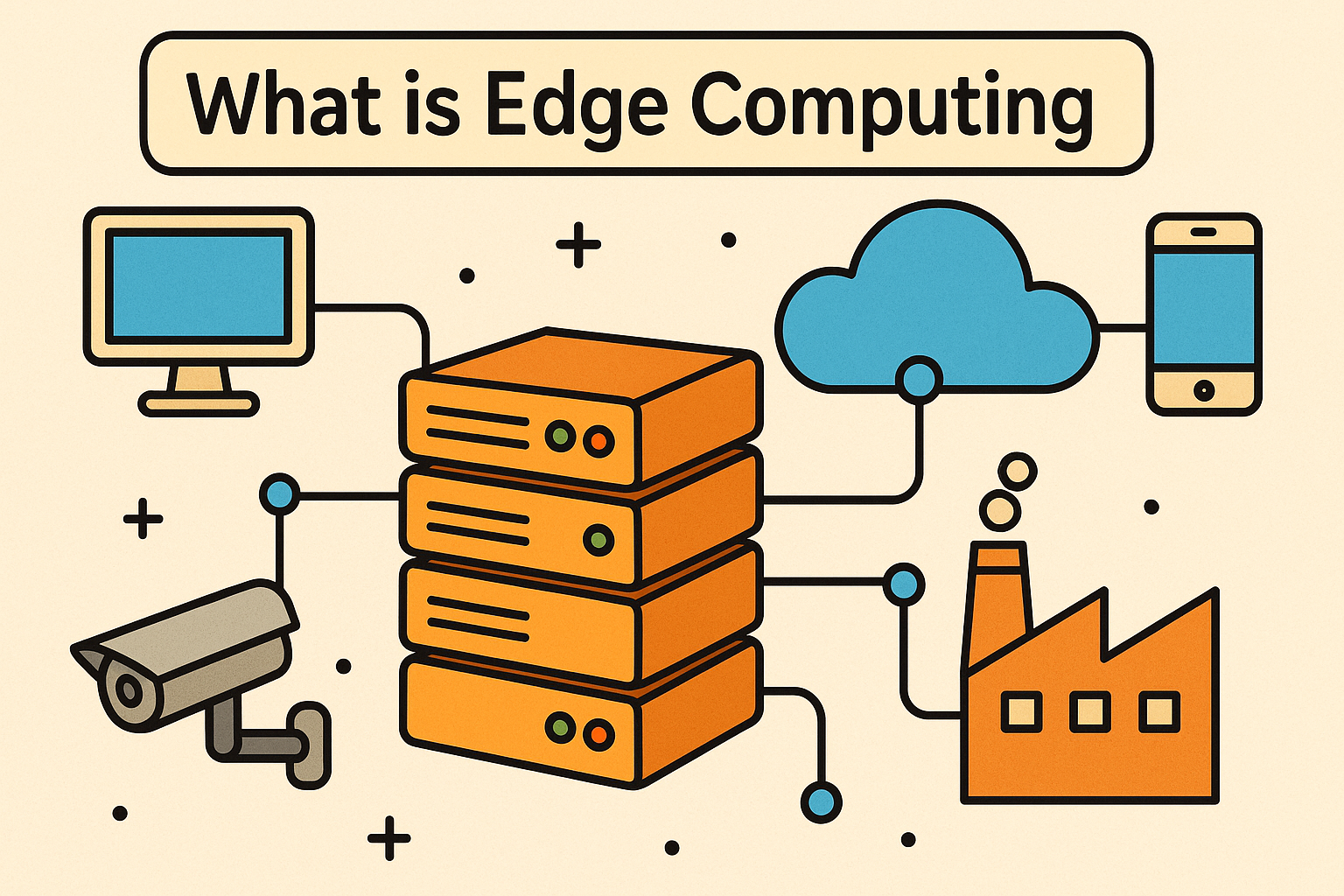How Can You Protect Your Home Computer?
Updated on June 24, 2025, by Xcitium
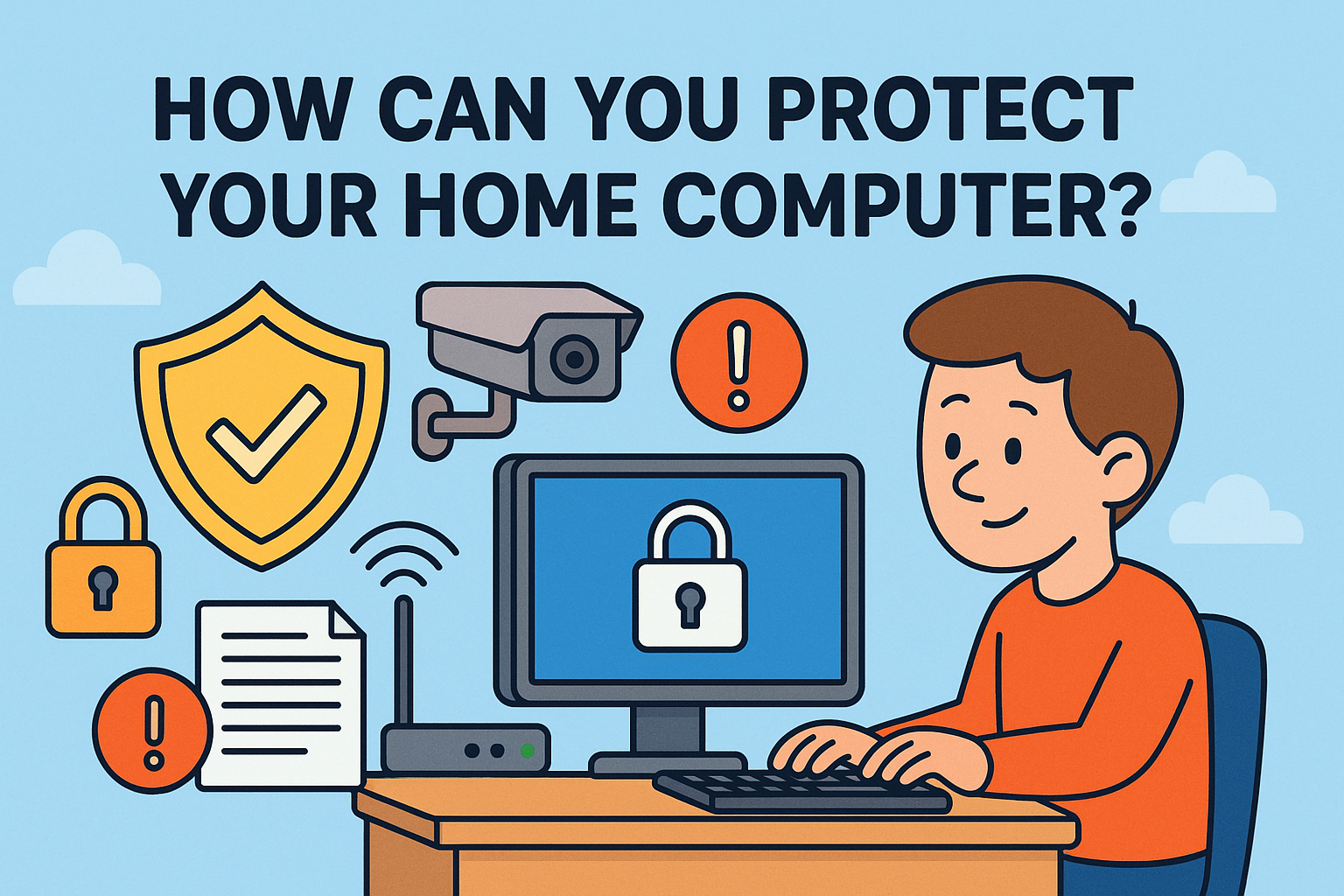
In an era where digital threats lurk behind every click, how can you protect your home computer from hackers, malware, and phishing scams? With cybercrime projected to cost the world over $10.5 trillion annually by 2025, safeguarding your digital life isn’t optional—it’s essential. Whether you’re working from home, shopping online, or managing your finances, understanding the best cybersecurity practices helps prevent costly and dangerous breaches.
This blog explores smart, actionable strategies—backed by modern cyber awareness 2025 guidelines—to keep your system secure.
What’s at Stake: Why Home Computer Security Matters
Your home computer is a treasure trove of personal data. It stores passwords, financial information, private emails, and even sensitive work documents. If compromised, the damage could include:
- Identity theft
- Unauthorized access to bank accounts
- Loss of important files
- Infection of connected smart home devices
Cybercriminals are no longer just targeting big enterprises; home users are often easier targets due to weaker defenses.
10 Ways to Protect Your Computer from Viruses and Hackers
Following these proven practices can drastically reduce the risk of infection or compromise:
1. Use Reliable Antivirus and Anti-Malware Software
Install a reputable antivirus tool that includes real-time scanning, malware detection, and automatic updates. Look for features like ransomware protection and behavior-based threat detection.
2. Keep Your Software Updated
Outdated operating systems and apps are major entry points for attackers. Always enable automatic updates for:
- Operating systems (Windows/macOS/Linux)
- Browsers (Chrome, Firefox, Edge)
- Security software
- Productivity tools
3. Enable a Firewall
Firewalls act as a digital barrier between your system and malicious actors. Ensure your built-in OS firewall is enabled and configure it to block unauthorized inbound traffic.
4. Secure Your Wi-Fi Network
Hackers often target unsecured home networks. To secure yours:
- Change the default router login credentials
- Use WPA3 or WPA2 encryption
- Disable WPS (Wi-Fi Protected Setup)
- Hide your SSID (network name)
5. Use Strong, Unique Passwords
Create complex passwords with a mix of letters, numbers, and symbols. Better yet, use a password manager to store and generate them securely.
6. Enable Multi-Factor Authentication (MFA)
Wherever possible, enable MFA for your email, banking, and cloud accounts. This adds an extra layer of security even if your password gets stolen.
7. Backup Important Files Regularly
Use both cloud storage and external hard drives to back up critical files. This protects you from data loss due to malware or hardware failure.
8. Avoid Suspicious Links and Attachments
Phishing emails are among the top methods for injecting malware. Never click on unknown links or open attachments from unknown senders.
9. Limit Admin Privileges
Avoid using administrator accounts for everyday tasks. Create a standard user account for routine work to limit potential damage from malware.
10. Install a VPN for Secure Browsing
A secure VPN encrypts your internet connection, shielding your data from prying eyes—especially on public Wi-Fi.
How Can You Protect Your Home Computer in 2025?
With the evolution of AI-driven malware and advanced phishing tactics, protecting your home computer requires adaptive thinking and tech-savviness. Here’s how cyber awareness in 2025 shapes your defense:
- AI-Powered Antivirus Tools: Next-gen antivirus software now uses AI to detect anomalies even before a virus signature is known.
- Behavior-Based Threat Detection: Monitors user behavior to flag suspicious activity.
- Zero Trust Principles at Home: Assume everything, even inside your home network, could be compromised—verify always.
Risk Areas: What Are Hackers Targeting at Home?
Hackers don’t just go after data. Here’s what they’re looking for:
- IoT Devices: Smart TVs, speakers, security cams
- Routers: Often unsecured and unpatched
- Email Accounts: Entry points for credential theft
- Stored Passwords: Browsers and saved logins
Use endpoint security and a VPN to add layers of defense across devices.
Tools to Boost Your Home Cybersecurity
In addition to antivirus and VPNs, consider:
- Firewall appliances (like Ubiquiti, Firewalla)
- Password managers (Bitwarden, LastPass, 1Password)
- Parental controls for safeguarding kids
- Browser security extensions (HTTPS Everywhere, uBlock Origin)
These tools collectively strengthen your system against modern threats.
Final Thoughts: Defense is the Best Offense
So, how can you protect your home computer in today’s threat-filled digital world? Start with the basics—strong passwords, reliable antivirus, firewalls, and backups. Then level up with VPNs, MFA, and real-time threat detection. Stay proactive, stay educated, and remember: cybersecurity is not a one-time fix—it’s a lifestyle.
For enterprise-grade protection and peace of mind, try a professional cybersecurity solution today.
FAQ: Protecting Your Home Computer
1. How can you protect your home computer from hackers?
Use strong passwords, enable firewalls and antivirus software, keep all software updated, and use a secure VPN for internet activity.
2. What are the 10 best ways to protect your computer from viruses?
Install antivirus, enable firewalls, update software, avoid suspicious links, use strong passwords, enable MFA, back up data, secure your network, limit admin use, and use a VPN.
3. How does a VPN protect your home computer?
It encrypts your internet connection, masking your IP address and shielding your data from hackers and surveillance tools.
4. What is the best antivirus software for home computers?
Top-rated options include Bitdefender, Norton, Kaspersky, and McAfee. Choose one that offers real-time protection and frequent updates.
5. Why is cyber awareness important in 2025?
With evolving threats like deepfakes, AI-generated phishing, and ransomware-as-a-service, staying educated is crucial for maintaining strong defenses.





